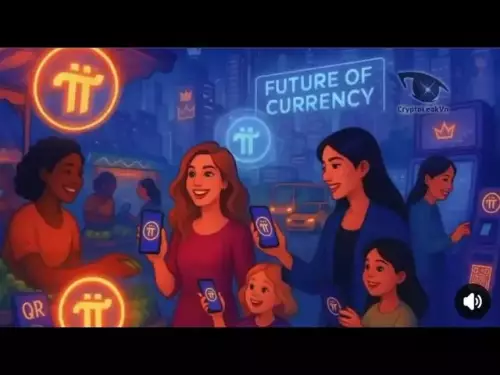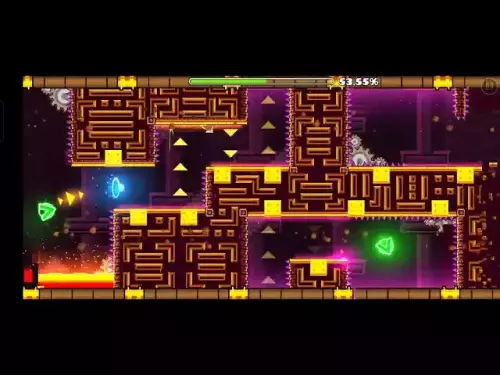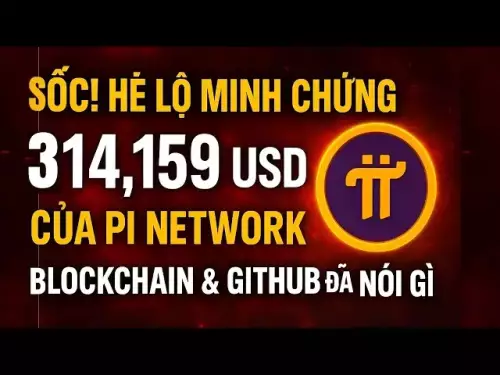-
 bitcoin
bitcoin $109547.008142 USD
0.04% -
 ethereum
ethereum $4011.838726 USD
-0.05% -
 tether
tether $1.000402 USD
-0.01% -
 xrp
xrp $2.798606 USD
0.88% -
 bnb
bnb $970.877944 USD
1.39% -
 solana
solana $202.237275 USD
-0.95% -
 usd-coin
usd-coin $0.999673 USD
0.00% -
 dogecoin
dogecoin $0.229294 USD
-1.15% -
 tron
tron $0.336370 USD
-0.45% -
 cardano
cardano $0.777260 USD
-1.66% -
 hyperliquid
hyperliquid $45.503019 USD
1.73% -
 ethena-usde
ethena-usde $1.000362 USD
0.01% -
 chainlink
chainlink $20.785303 USD
-1.10% -
 avalanche
avalanche $28.755822 USD
-0.11% -
 stellar
stellar $0.358303 USD
-0.48%
What is an NFT (Non-Fungible Token) (NFT)?
NFTs are unique digital assets verified by blockchain, enabling creators to monetize art, music, and virtual items with proof of ownership and built-in royalties.
Sep 23, 2025 at 07:36 am

Understanding the Concept of NFTs
1. An NFT, or Non-Fungible Token, is a unique digital asset verified using blockchain technology. Unlike cryptocurrencies such as Bitcoin or Ethereum, which are fungible and can be exchanged on a one-to-one basis, each NFT holds distinct properties that make it irreplaceable and non-interchangeable.
2. These tokens are typically built on blockchain platforms like Ethereum, utilizing smart contracts to authenticate ownership and provenance. The most common standards for NFTs include ERC-721 and ERC-1155, which define how these tokens are created, transferred, and managed across decentralized networks.
3. The uniqueness of an NFT lies in its metadata, which contains information about the digital item it represents—such as artwork, music, videos, virtual real estate, or even in-game items. This metadata is stored on the blockchain, ensuring transparency and preventing duplication or unauthorized claims of ownership.
4. Because NFTs are secured through cryptographic verification, they enable creators to embed royalties directly into the token, allowing them to receive a percentage of sales whenever the NFT changes hands in secondary markets.
5. The rise of NFTs has introduced new economic models in digital content creation, empowering artists, musicians, and developers to monetize their work without relying solely on traditional intermediaries like galleries or record labels.
How NFTs Are Created and Traded
1. The process of creating an NFT is known as 'minting,' where a digital file is uploaded to an NFT marketplace and converted into a blockchain-verified token. During minting, details such as the creator’s wallet address, timestamp, and attributes of the digital asset are permanently recorded.
2. Once minted, the NFT can be listed for sale on various platforms such as OpenSea, Rarible, or Foundation. Buyers purchase these tokens using cryptocurrency, often Ether (ETH), and upon successful transaction, ownership is transferred and updated on the blockchain ledger.
3. Smart contracts govern the rules of each NFT, including transferability, resale rights, and royalty distributions, making the entire process autonomous and tamper-proof. These contracts execute automatically when predefined conditions are met, eliminating the need for manual enforcement.
4. Some NFTs are sold through auctions, while others are offered at fixed prices. Limited editions or one-of-a-kind pieces often generate higher demand, with certain high-profile NFTs selling for millions of dollars.
5. Secondary market trading has become a major component of the NFT ecosystem, where collectors buy, sell, and trade tokens based on perceived value, rarity, and community engagement surrounding specific projects.
The Impact of NFTs on Digital Ownership
1. NFTs have redefined what it means to own digital content. Prior to their emergence, digital files could be easily copied and distributed without any traceable ownership. With NFTs, proof of authenticity and original ownership is verifiable by anyone accessing the blockchain.
2. This shift has empowered digital artists who previously struggled to protect their work from piracy or unauthorized use. By tokenizing their creations, they establish a permanent link between the artwork and its rightful owner.
3. In virtual worlds and metaverse platforms, NFTs serve as deeds to digital land, avatars, wearables, and other assets, enabling users to truly own and trade virtual property. This concept extends beyond art into gaming, fashion, and identity systems within decentralized environments.
4. Brands and celebrities have leveraged NFTs to engage fans through exclusive digital collectibles, event access passes, and membership tokens. These utility-based NFTs go beyond mere aesthetics, offering functional benefits within specific ecosystems.
5. Despite skepticism regarding environmental impact and speculative bubbles, the underlying technology continues to evolve, with layer-2 solutions reducing energy consumption and improving scalability for broader adoption.
Frequently Asked Questions
What differentiates an NFT from a cryptocurrency?An NFT is non-fungible, meaning each token is unique and cannot be exchanged equally for another. Cryptocurrencies like Bitcoin are fungible, where one unit is identical and interchangeable with another.
Can someone copy an NFT's associated image or file?Yes, the digital file linked to an NFT can be copied or downloaded by anyone. However, only the owner of the NFT holds the verified proof of ownership recorded on the blockchain.
Are all NFTs valuable?Not all NFTs hold significant monetary value. Value depends on factors such as creator reputation, scarcity, demand, community support, and utility within a platform or ecosystem.
Which blockchains support NFTs?Ethereum is the most widely used blockchain for NFTs, but others like Solana, Polygon, Binance Smart Chain, and Tezos also support NFT creation and trading with varying fees and environmental impacts.
Disclaimer:info@kdj.com
The information provided is not trading advice. kdj.com does not assume any responsibility for any investments made based on the information provided in this article. Cryptocurrencies are highly volatile and it is highly recommended that you invest with caution after thorough research!
If you believe that the content used on this website infringes your copyright, please contact us immediately (info@kdj.com) and we will delete it promptly.
- Altcoin Season Heats Up: Is ARB, PEPE, or a New Challenger Your Best Bet?
- 2025-09-28 10:25:11
- Shiba Inu, Meme Coins, and Popularity: What's Hot and What's Not in the Wild World of Crypto
- 2025-09-28 10:25:11
- Cardano, Toncoin, and the Quest for Crypto's Next Big Thing
- 2025-09-28 10:45:12
- XRP, Ripple, and the Payment Token Race: What's Next?
- 2025-09-28 10:45:12
- MoonBull Mania: Is This the Next Bonk in the Cryptoverse?
- 2025-09-28 10:30:00
- Bitcoin's 'Uptober' Hopes Clash with Selling Pressure: A New Yorker's Take
- 2025-09-28 10:50:01
Related knowledge

What are some common methods of cryptocurrency market manipulation?
Sep 27,2025 at 02:55am
Wash Trading and Its Impact on Market Perception1. Wash trading involves an individual or entity simultaneously buying and selling the same cryptocurr...

How do I read a cryptocurrency whitepaper?
Sep 27,2025 at 05:54am
Understanding the Structure of a Cryptocurrency Whitepaper1. Begin by identifying the executive summary, which outlines the project’s core vision and ...
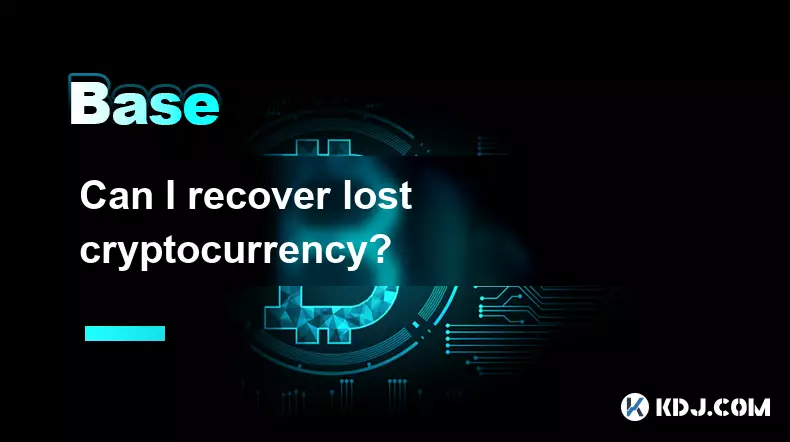
Can I recover lost cryptocurrency?
Sep 25,2025 at 08:18am
Understanding the Nature of Cryptocurrency Loss1. Cryptocurrency operates on decentralized networks, meaning there is no central authority to reverse ...

How do I choose a cryptocurrency investment strategy?
Sep 27,2025 at 03:55pm
Understanding Risk Tolerance in Crypto Investing1. Assessing personal risk tolerance is a foundational step when entering the cryptocurrency market. V...
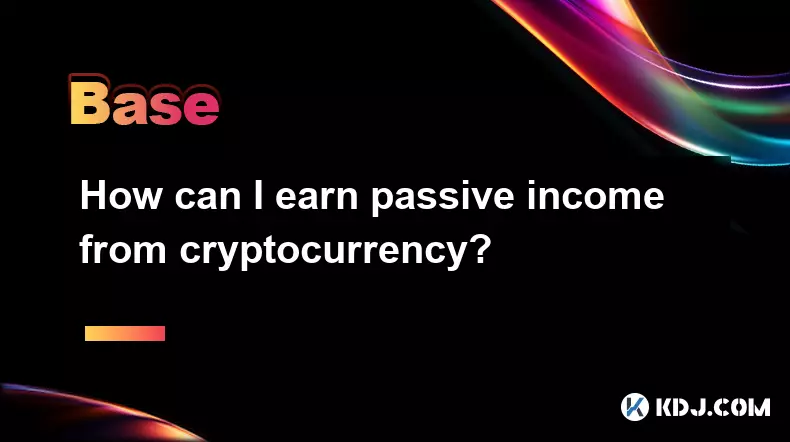
How can I earn passive income from cryptocurrency?
Sep 23,2025 at 10:18am
Staking Cryptocurrencies for Regular Returns1. Many blockchain networks operate on a proof-of-stake (PoS) consensus mechanism, allowing users to earn ...
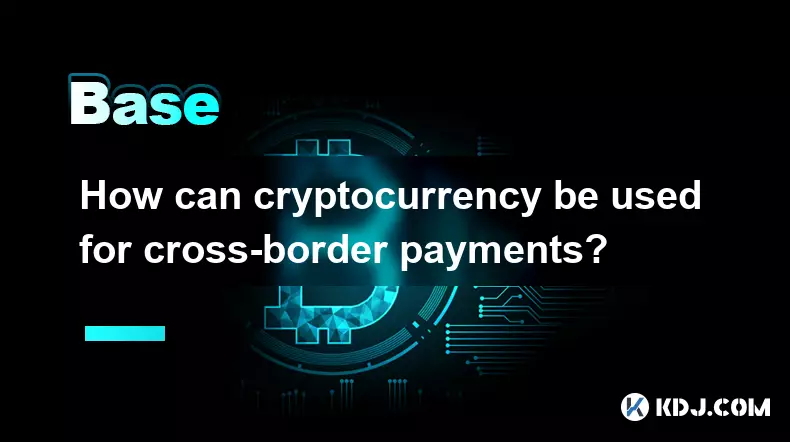
How can cryptocurrency be used for cross-border payments?
Sep 28,2025 at 01:36am
Efficiency in International Transactions1. Cryptocurrency enables near-instant settlement across borders without relying on traditional banking interm...

What are some common methods of cryptocurrency market manipulation?
Sep 27,2025 at 02:55am
Wash Trading and Its Impact on Market Perception1. Wash trading involves an individual or entity simultaneously buying and selling the same cryptocurr...

How do I read a cryptocurrency whitepaper?
Sep 27,2025 at 05:54am
Understanding the Structure of a Cryptocurrency Whitepaper1. Begin by identifying the executive summary, which outlines the project’s core vision and ...

Can I recover lost cryptocurrency?
Sep 25,2025 at 08:18am
Understanding the Nature of Cryptocurrency Loss1. Cryptocurrency operates on decentralized networks, meaning there is no central authority to reverse ...

How do I choose a cryptocurrency investment strategy?
Sep 27,2025 at 03:55pm
Understanding Risk Tolerance in Crypto Investing1. Assessing personal risk tolerance is a foundational step when entering the cryptocurrency market. V...

How can I earn passive income from cryptocurrency?
Sep 23,2025 at 10:18am
Staking Cryptocurrencies for Regular Returns1. Many blockchain networks operate on a proof-of-stake (PoS) consensus mechanism, allowing users to earn ...

How can cryptocurrency be used for cross-border payments?
Sep 28,2025 at 01:36am
Efficiency in International Transactions1. Cryptocurrency enables near-instant settlement across borders without relying on traditional banking interm...
See all articles





















